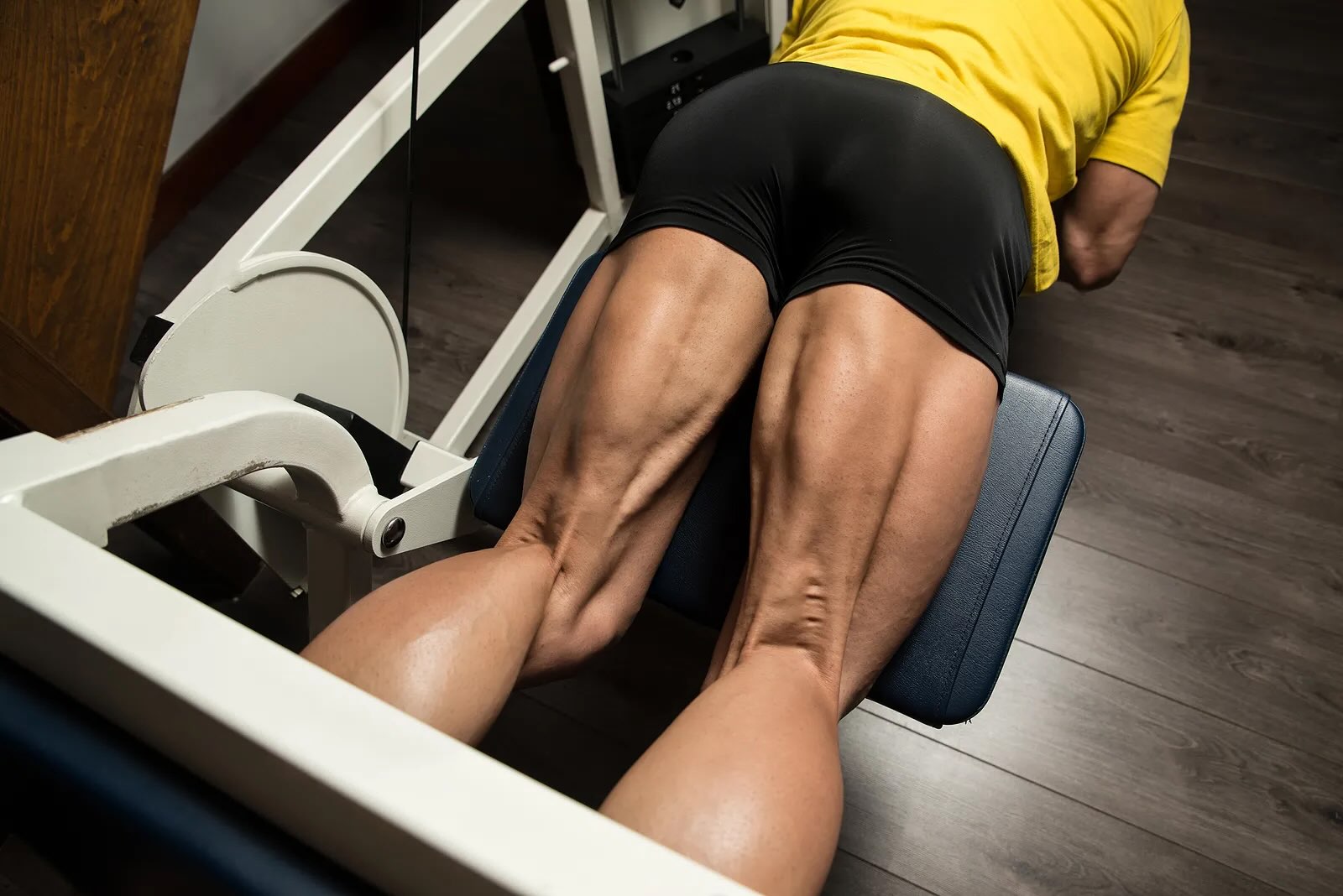
Hamstring injuries are common, especially among athletes and active individuals. But what exactly are hamstrings, and why are they so prone to injury? Hamstrings are a group of three muscles located at the back of your thigh. They play a crucial role in activities like running, jumping, and even walking. When these muscles are overstretched or torn, it can lead to painful injuries that sideline you from your favorite activities. Understanding the facts about hamstring injuries can help you prevent them and recover more effectively if they do occur. From knowing the symptoms to learning about treatment options, this guide covers everything you need to keep your hamstrings healthy and strong.
Key Takeaways:
- Hamstrings are a group of three muscles at the back of your thigh that help you move and stay balanced. They can get injured, but stretching and strengthening exercises can help prevent that.
- Taking care of your hamstrings is important for staying active and avoiding injuries. If you do get hurt, rest, ice, and gradual exercises can help you recover.
What Are Hamstrings?
Hamstrings are a group of three muscles located at the back of your thigh. They play a crucial role in many daily activities, from walking to running and jumping.
- The hamstring group consists of the biceps femoris, semitendinosus, and semimembranosus muscles.
- These muscles originate from the ischial tuberosity, a bony part of the pelvis.
- They extend down to the back of the knee, attaching to the tibia and fibula bones.
- Hamstrings are responsible for bending the knee and extending the hip.
- They work in opposition to the quadriceps, which are located at the front of the thigh.
Hamstring Injuries
Hamstring injuries are common, especially among athletes. Understanding these injuries can help in prevention and treatment.
- Hamstring strains occur when the muscle fibers are overstretched or torn.
- These injuries are classified into three grades: Grade 1 (mild), Grade 2 (moderate), and Grade 3 (severe).
- Common symptoms include sudden pain, swelling, and bruising at the back of the thigh.
- Athletes in sports requiring sprinting, such as soccer and track, are at higher risk.
- Proper warm-up and stretching can significantly reduce the risk of hamstring injuries.
Hamstring Strengthening Exercises
Strengthening your hamstrings can improve performance and prevent injuries. Here are some effective exercises.
- Deadlifts target the hamstrings and lower back, promoting overall strength.
- Hamstring curls, performed on a machine or with a resistance band, isolate these muscles.
- Glute bridges engage the hamstrings and glutes, enhancing hip stability.
- Nordic hamstring curls are an advanced exercise that can reduce injury risk.
- Incorporating these exercises into your routine can lead to stronger, more resilient hamstrings.
Hamstring Flexibility
Flexibility is key to maintaining healthy hamstrings. Stretching can improve range of motion and prevent tightness.
- Static stretches, like the seated hamstring stretch, are effective for increasing flexibility.
- Dynamic stretches, such as leg swings, prepare the muscles for activity.
- Yoga poses like downward dog and forward fold also target the hamstrings.
- Regular stretching can alleviate lower back pain caused by tight hamstrings.
- Aim to stretch your hamstrings at least three times a week for optimal flexibility.
Interesting Facts About Hamstrings
Hamstrings have some fascinating aspects that many people might not know. Here are a few intriguing facts.
- The term "hamstring" comes from the Old English words "ham" (meaning back of the knee) and "string" (referring to tendons).
- Hamstrings are more prone to injury than other muscle groups due to their length and function.
- They play a vital role in explosive movements, such as jumping and sprinting.
- Hamstrings contribute to maintaining proper posture and balance.
- Weak or tight hamstrings can lead to compensatory injuries in other parts of the body, like the lower back and knees.
Hamstring Recovery and Rehabilitation
Recovering from a hamstring injury requires time and proper care. Here are some tips for effective rehabilitation.
- Rest is crucial in the initial stages of recovery to prevent further damage.
- Ice can reduce swelling and pain in the first 48 hours after injury.
- Gradual reintroduction of stretching and strengthening exercises can aid in recovery and prevent re-injury.
Final Thoughts on Hamstring Facts
Hamstrings are more than just muscles in the back of your thigh. They play a crucial role in everyday movements like walking, running, and jumping. Keeping them strong and flexible can prevent injuries and improve overall athletic performance. Stretching and strengthening exercises are key to maintaining healthy hamstrings. Remember, warming up before any physical activity can make a big difference. If you experience pain or tightness, it’s best to consult a healthcare professional. Understanding your body helps you take better care of it. So, next time you’re at the gym or out for a run, give your hamstrings the attention they deserve. They’re working hard for you, after all. Stay active, stay informed, and keep those hamstrings in top shape!
Frequently Asked Questions
Was this page helpful?
Our commitment to delivering trustworthy and engaging content is at the heart of what we do. Each fact on our site is contributed by real users like you, bringing a wealth of diverse insights and information. To ensure the highest standards of accuracy and reliability, our dedicated editors meticulously review each submission. This process guarantees that the facts we share are not only fascinating but also credible. Trust in our commitment to quality and authenticity as you explore and learn with us.
